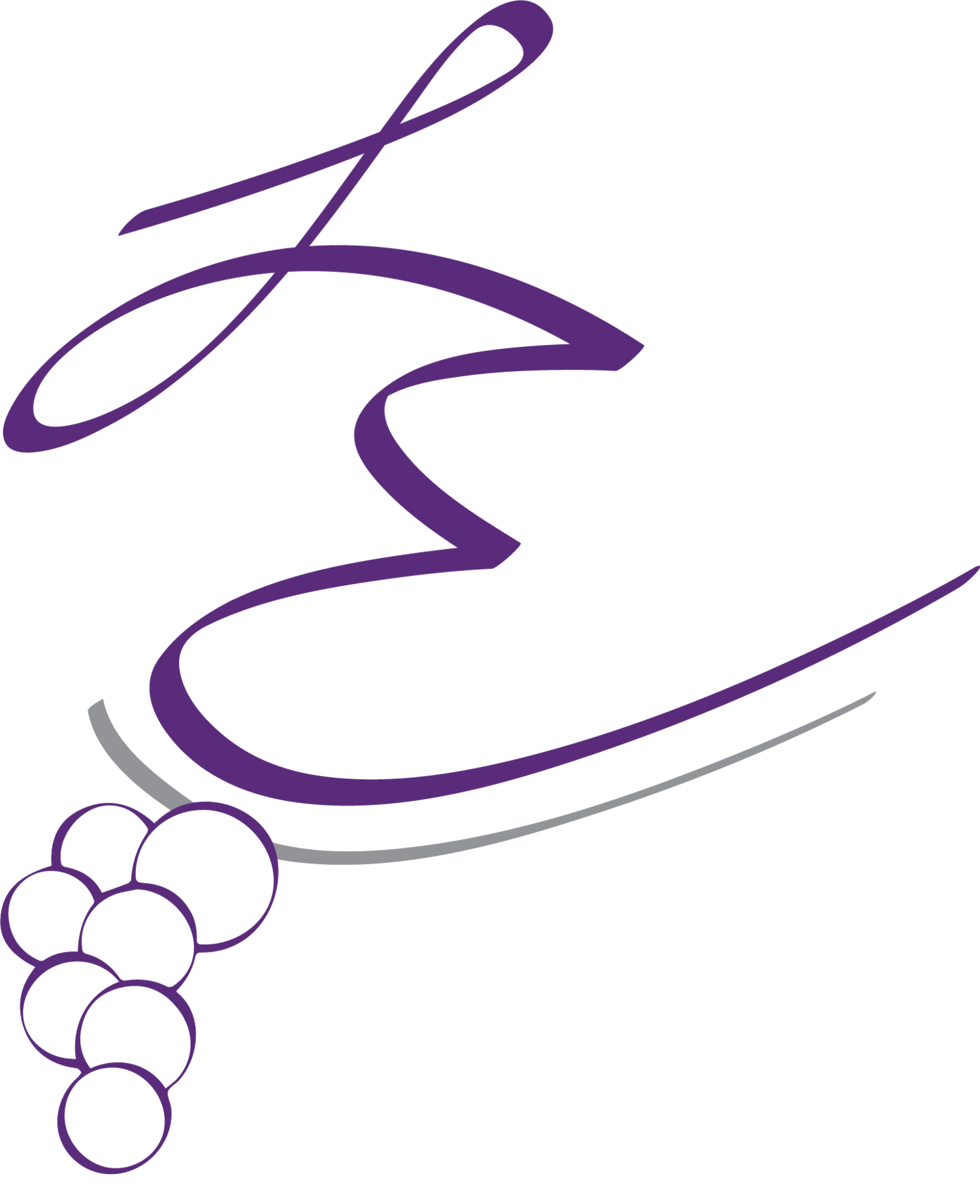Concord Flowering & Fruit Set In Lake Erie Region
T. Bates
Lake Erie Regional Grape Program
Concord in full bloom: 6/14/2017
This season, the staff at CLEREL recorded trace bloom in the standard phenology vines on 6/11/2017 and official bloom (50% cap fall) on 6/12/2017. The Concord flower cluster in this image is at over 90% full bloom on June 14th.
Concord Flower Anatomy: 6/14/2017
Most of the wild grapes you see on the roadside or in the woods have either all male or all female flowers. However, most of the cultivated grape varieties we grow have “perfect” or “hermaphrodite” flowers. Interestingly, cultivated grapes are also highly self-pollinated because the pollen will go from the anther to the stigma before the cap pops off.
The anthers typically release pollen prior to cap fall so pollination likely started on Monday (6/12) when we recorded trace bloom. To catch and rehydrate the pollen, the stigma produces a sap (seen at the tip of the stigma arrow in the picture). Rehydration of pollen takes about 30 minutes and then the pollen uses stored starch in the pollen grain to grow down the style. The speed of pollen tube growth and the time it takes to reach the ovule is related to temperature (roughly 48 hours at 60 degrees F, 24 hours at 70 degrees, and 12 hours at 80 degrees). The colder it is, the slower the pollen tubes grow. Since the ovules are only receptive for a short time, cool weather during bloom can cause the pollen to miss the window and lead to poor fruit set. Fortunately for 2017, it has been sunny and warm (between 60-80) for the past three days so Concord fruit set in the Lake Erie Region should be in decent shape.
Concord Pre-Fruit Set: 6/16/2017
Just after flowering, the pollinated pistils on the grape clusters will start to develop but not all of the ovaries will successfully develop into fruit. This Concord cluster has about 100 developing ovaries but will only retain and develop 25-30 fruit, on average. Expanding pollen must first fertilize at least one of four ovules while they are receptive. Successful fertilization induces the production of certain plant growth hormones for cell division (auxin) and cell expansion (gibberellin) in different tissue layers. The balance of these hormones is important for the successful retention of the developing ovary. Percent total fruit set is influenced by cultivar and certain management practices, such as pruning level. A variety of environmental stresses (light, temperature, carbohydrate, nutrient, and water stress) can also reduce fruit set. Many of our management recommendations, such as for weed control and mineral nutrition, aim to eliminate any vine stress during the fruit set and berry cell division phase in the 3-4 weeks after bloom. Unfertilized or stressed ovaries will eventually abscise or “shatter.”
Concord Mid-Shatter: 6/19/2017
Just one week after the start of bloom, Concord clusters are setting fertilized berries and dropping others. This cluster has dropped about 40% of the pistils which were originally pollinated but not successfully fertilized. A corky abscission scar can be seen where the pedicel of aborted flowers have separated from the rachis (cluster stem).
Why is it important to track fruit set?
Current research objectives aim to improve mid-season crop estimation. Grape yield is a function of shoots/vine, clusters/shoot, berries/cluster, and final berry weight. These “yield components” can be influenced by biological factors such as vine size and vine water status, management factors such as pruning level, or environmental factors such as temperature during fruit set. Spatial data from the Efficient Vineyard project illustrate how yield components can vary from vineyard to vineyard as well as within a vineyard. We are testing the use of the Carnegie Mellon Image sensor to directly detect and count certain yield components – such as shoot number and berry number across a vineyard. We are also combining this information with other spatial data to direct vineyard sampling during the middle of the growing season to predict final crop size across whole vineyard blocks.





